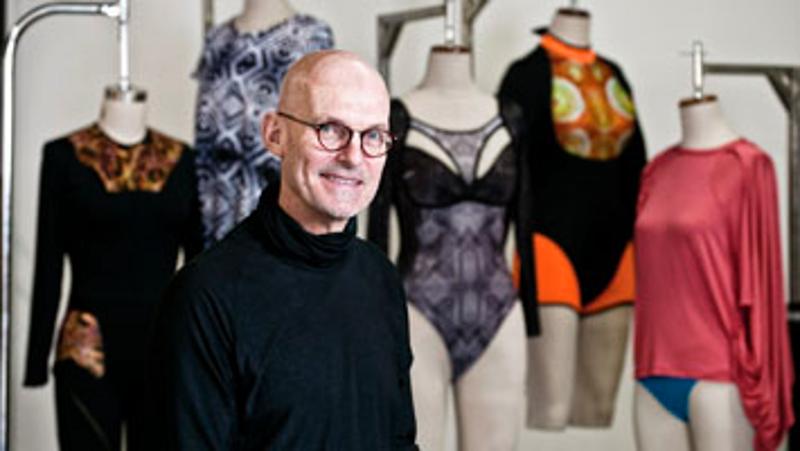
The fashion industry needs to take a lead role in designing stylish, sun protective clothing to help fight soaring skin cancer rates in Australia, a Queensland University of Technology (QUT) expert says.
QUT Fashion lecturer Dean Brough is researching how designers, media and cancer advocacy groups can make sun protective clothing appealing to young people.
"Fashion is the forgotten part of the equation when it comes to sun protection, particularly for adolescents," he said.
"In Australia, I believe there is a market for fashionable designs that match our sun protection needs while still being comfortable to wear in our blistering summer climate."
Figures show more than 1600 Australians die from skin cancer each year, and two in three Australians will be diagnosed with skin cancer before age 70.
Mr Brough said 50 per cent to 80 per cent of a person's lifetime sun exposure occurred in childhood and teenage years, with images in the media of tanned models contributing to young people's reluctance to cover up.
He said peer acceptance for fashion norms, comfort, spontaneity and risk-taking behaviour contributed to adolescent's indifference towards sun protective behaviour.
"Adolescents are concerned about their image. Research shows their clothing choices are driven by fashion trends rather than sun protection," Mr Brough said.
"We need to promote fashion first - it should just happen to be sun safe as well."
RELATED ARTICLES:
QUT and Cancer Council team-up to prevent skin cancer
Bare-faced facts on sun damage taken to the community
Mr Brough, a born and raised Queenslander, has had personal experience with skin cancer.
He recently had a melanoma removed from his shoulder, but regular skin checkups meant it was found early.
"During my teens, I had an enormous amount of sun, through my interests in sailing and boating. People back then weren't aware of sun protection. It has come back to haunt me, unfortunately," Mr Brough said.
He is encouraging emerging designers to incorporate sun protective clothing into their practice through QUT's Bachelor of Fine Arts (Fashion) course.
Second-year students were required to investigate design solutions for clothing to protect people's skin.
Mr Brough said darker colours and tightly woven fabrics provided greater UV protection, while anti-bacterial fabrics and ventilated panels helped keep people cool.
He said many people were unaware that when Lycra-type fabrics were wet or stretched they provided significantly less protection from UV rays.
"One of the biggest barriers to sun protection is the heat. People assume being covered equates to having a garment that is hot to wear. That's not the case if it is designed well," Mr Brough said.
"There is some fabulous science coming together with fabrics and fashion. We can pass this knowledge onto our young designers."
Mr Brough would eventually like Cancer Council Australia and designers to work collaboratively to create fashionable sun safe designs.
QUT fashion student Shea Cameron, 25, said her perception of sun safe clothing had changed as result of the project, for which she created a piece of black Lycra dancewear with ventilated panels.
"Considering the costs to the health system of melanoma and related skin cancers, if we can get people to cover up and reduce their risk that would be great," she said.
"At the end of the day, it's about changing attitudes, too. That takes time."
Media contact: Stephanie Harrington, QUT media officer, 3138 1150, stephanie.harrington@qut.edu.au




